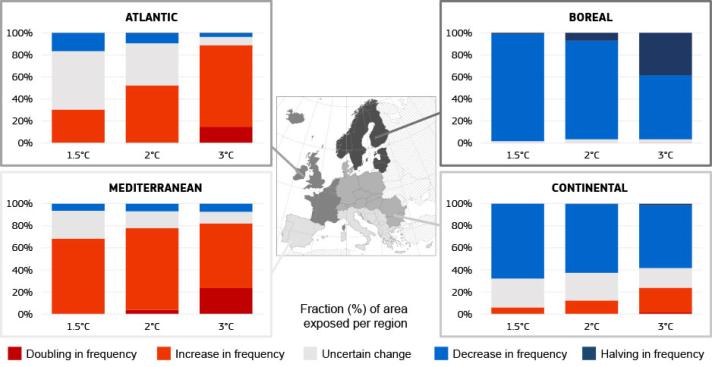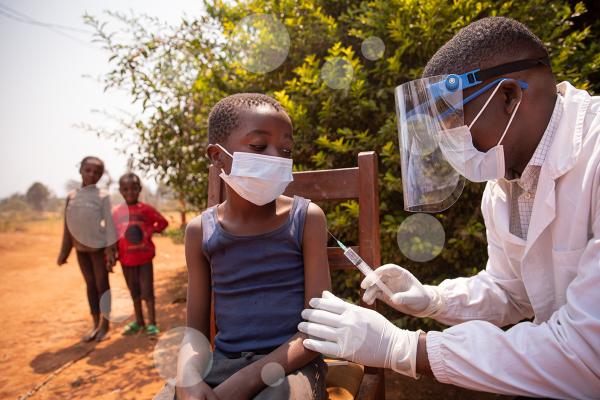Drought is a climate extreme characterised by persistent unusual dry weather conditions affecting the hydrological balance.It can result on severe impact on ecosystems and key socioeconomic sectors.
They can be exacerbated by heatwaves and it is likely to become worse with climate change.
Drought early warnings and monitoring systems provide timely information on current on potential drought conditions.
By facilitating early responses - in areas like agriculture, water resource management or disaster planning - drought monitoring can help minimise socio-economic losses. Acting early can be crucial to build community resilience and protect livelihoods.
How does JRC help reduce droughts conditions?
By monitoring drought situation and providing timely information, JRC supports EU Member States - and others globally - with early warning, planning and preparing for disasters.
Acting early can be crucial to building community resilience and protecting livelihoods. In areas like agriculture, water resource management or disaster planning - drought monitoring can help minimise socio-economic losses.
The European and Global Drought Observatories, operated by JRC and part of the Copernicus programme provide information to support national and international authorities and emergency responders.
How will climate change increase drought risk?
With global warming, droughts will become more frequent, last longer and become more intense in Mediterranean and Atlantic regions of Europe.
Drought conditions will become less extreme in Boreal and Continental Europe. Total economic losses from drought in Europe would grow from 9.4 €billion/year now to 45 €billion/year with 3°C global warming in 2100.
Under the climate change mitigation scenarios considered by the JRC under the project in PESEAT IV, the damage in 2100 would be approximately halved compared to no mitigation.



